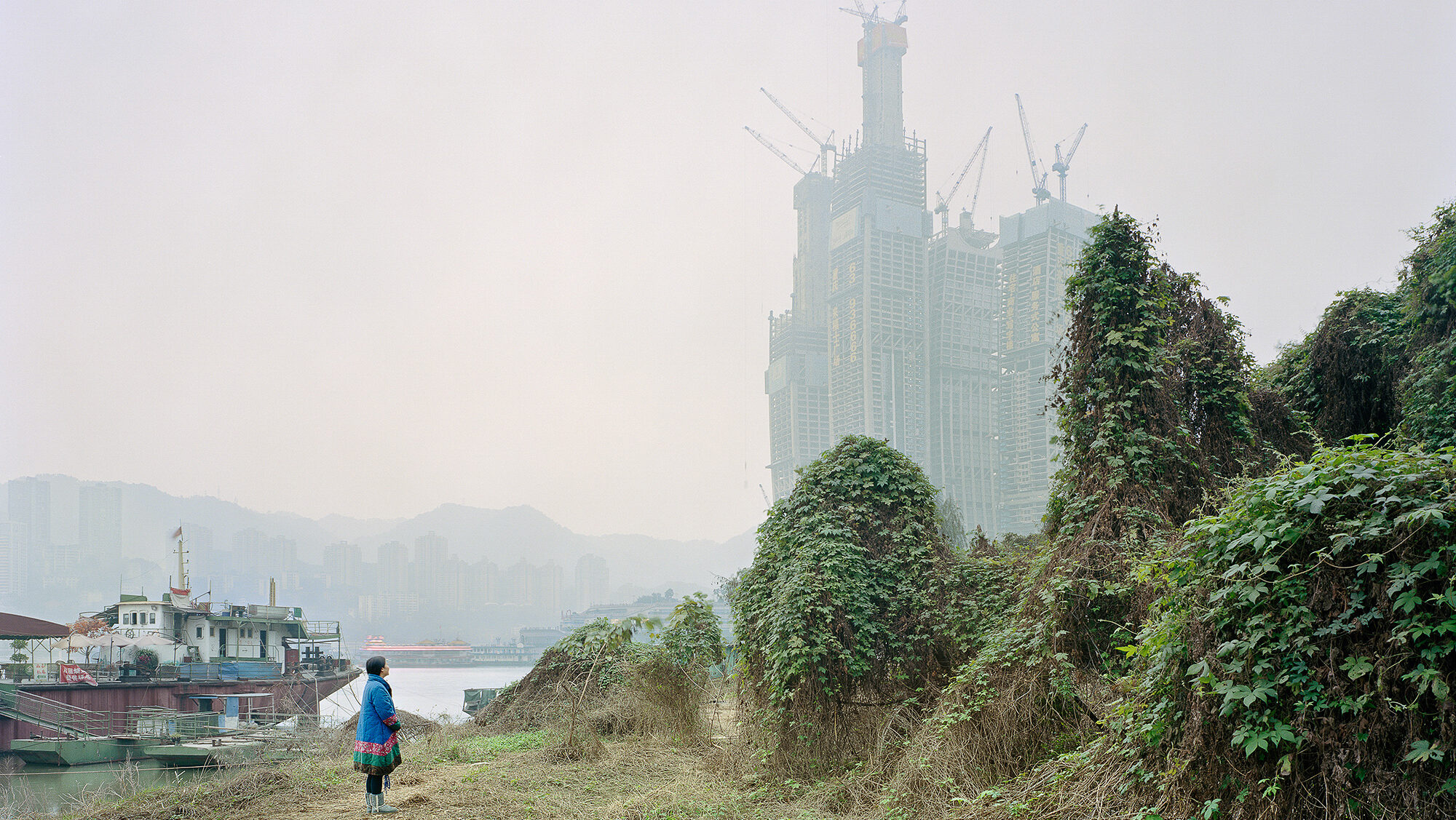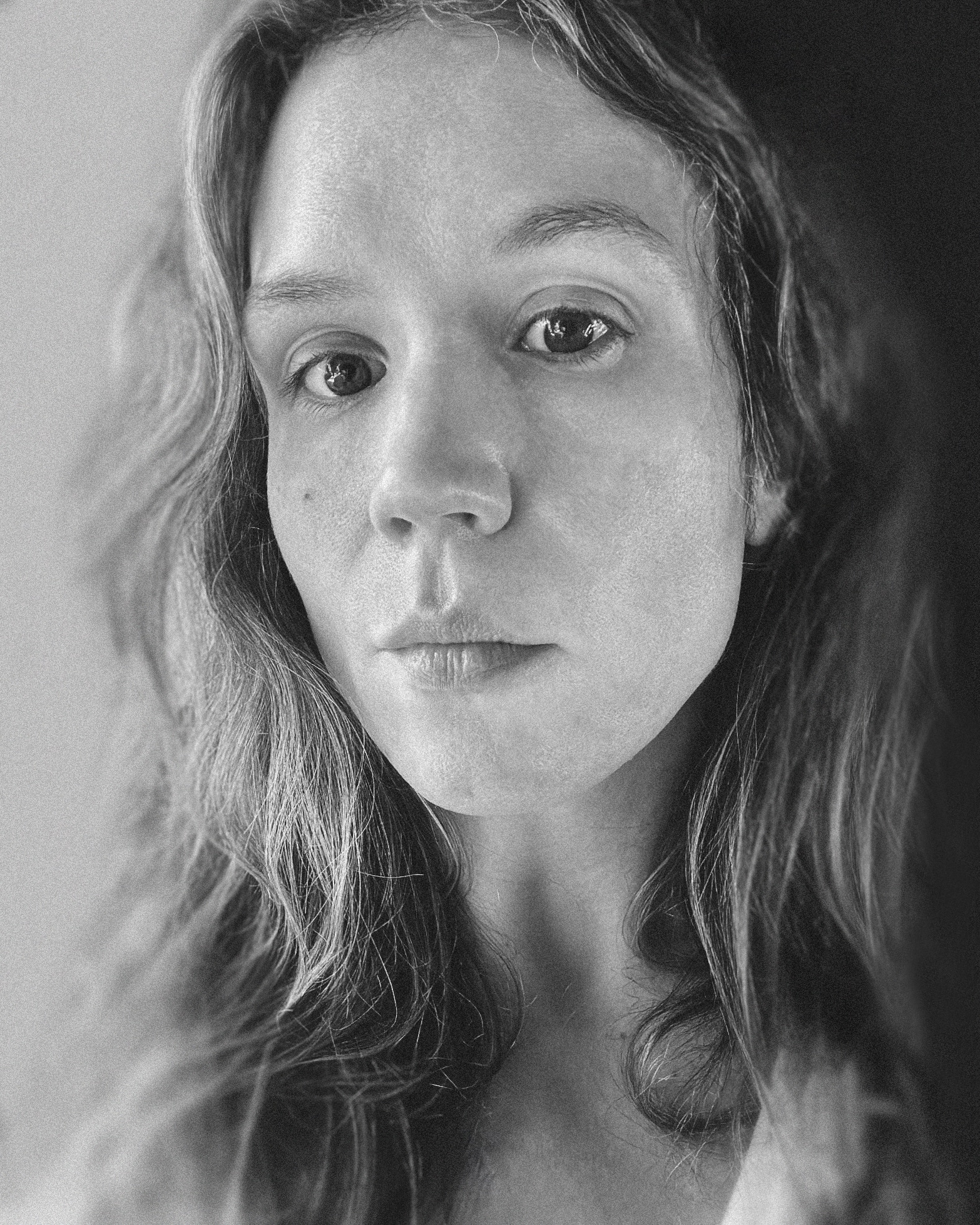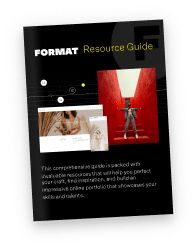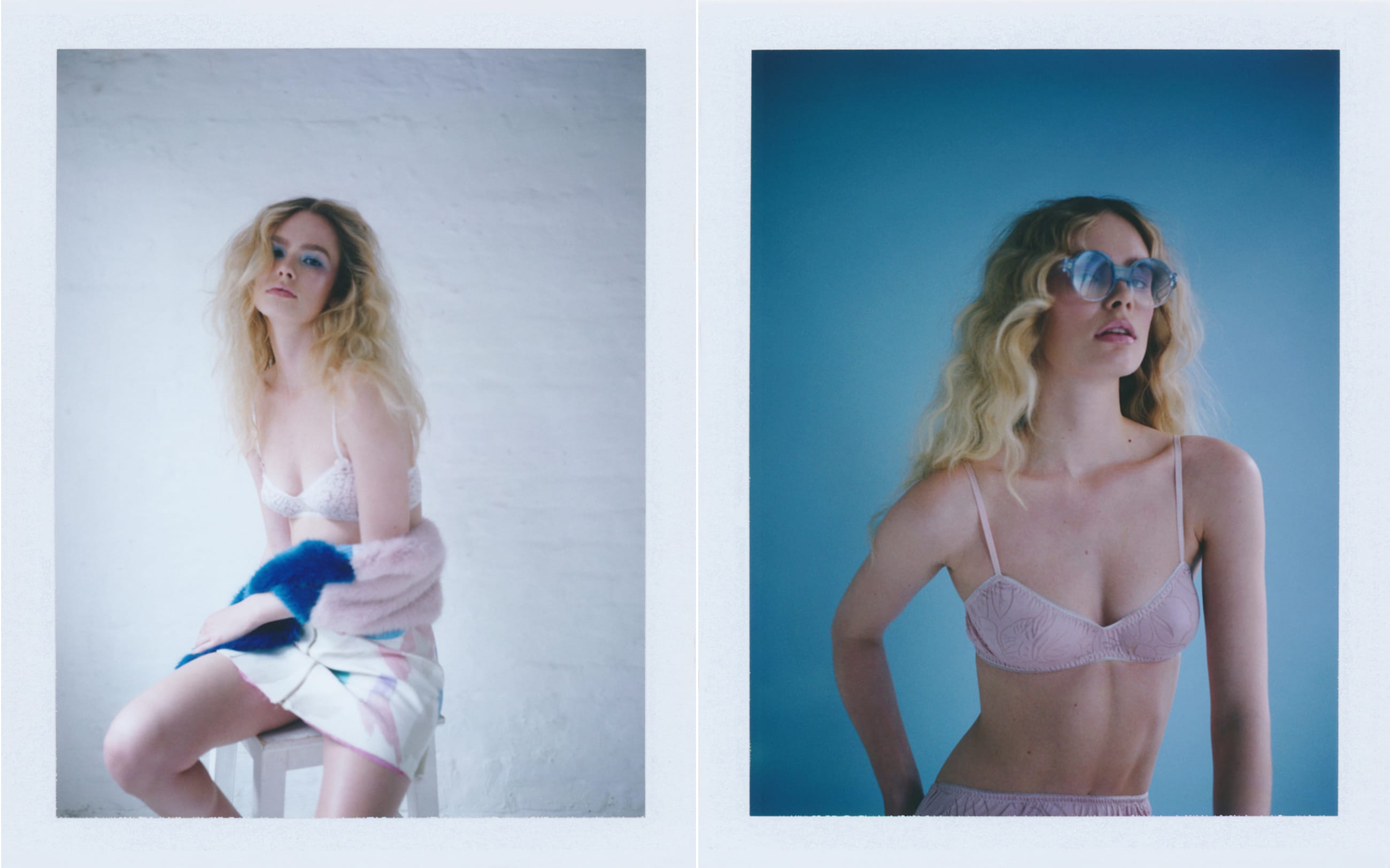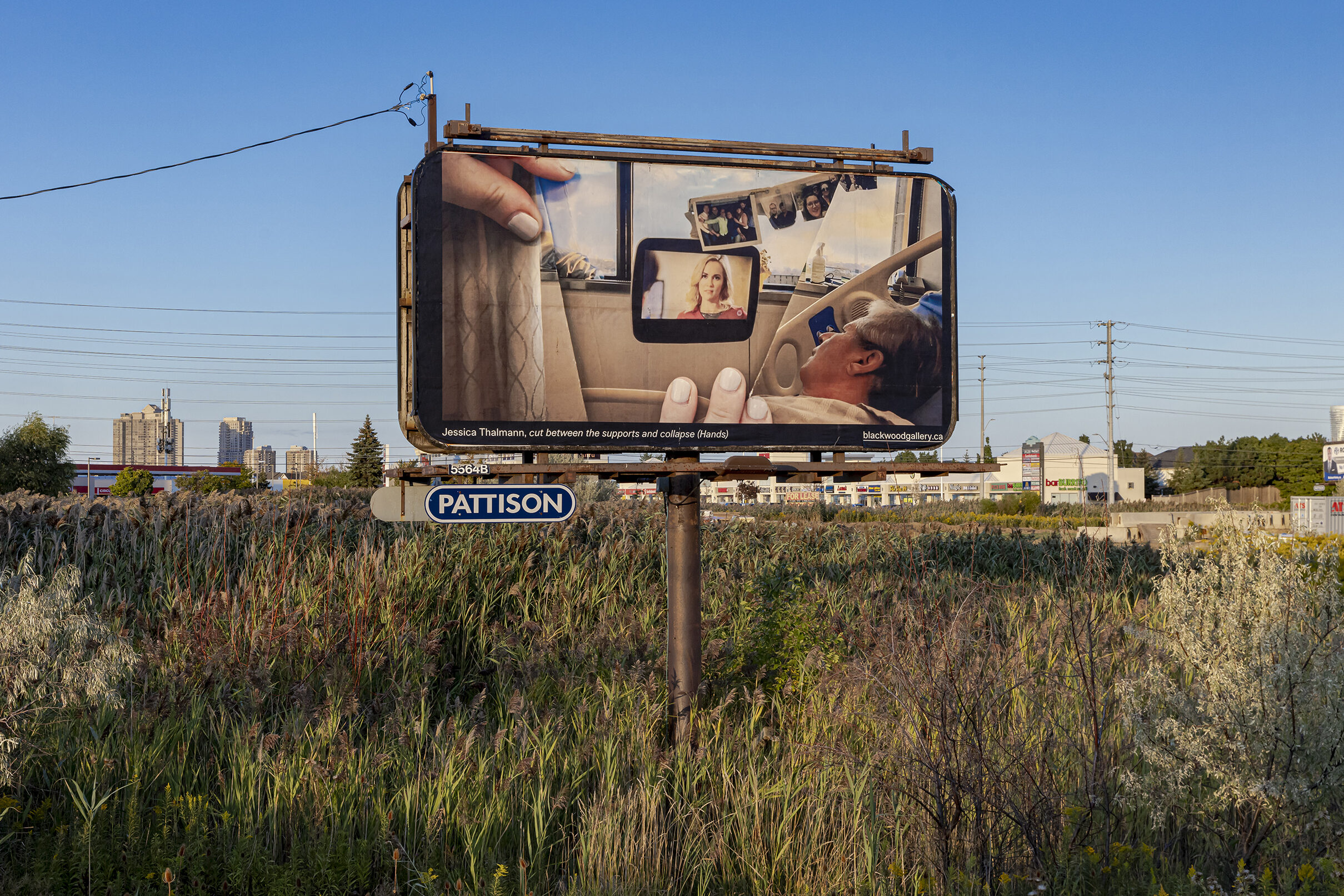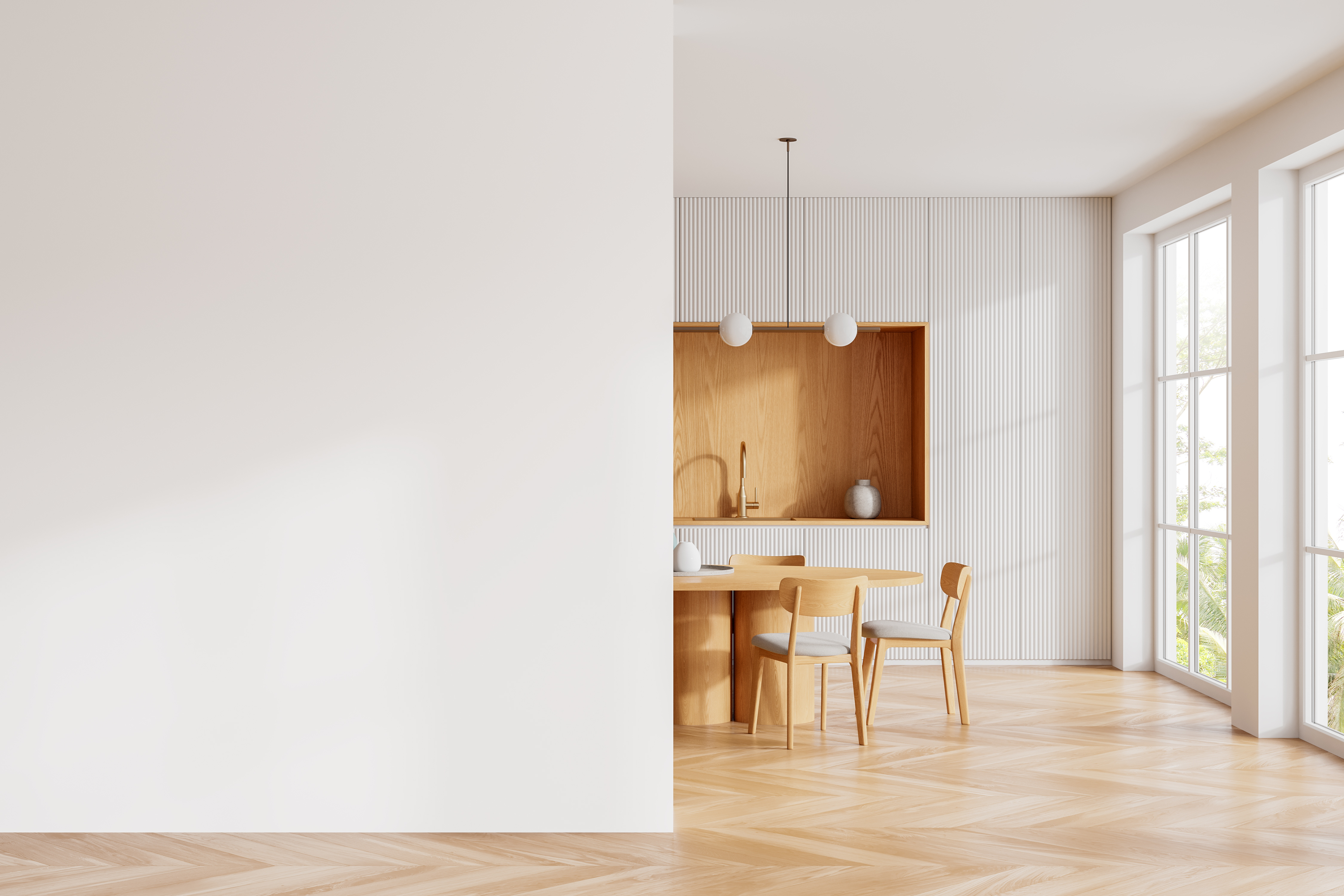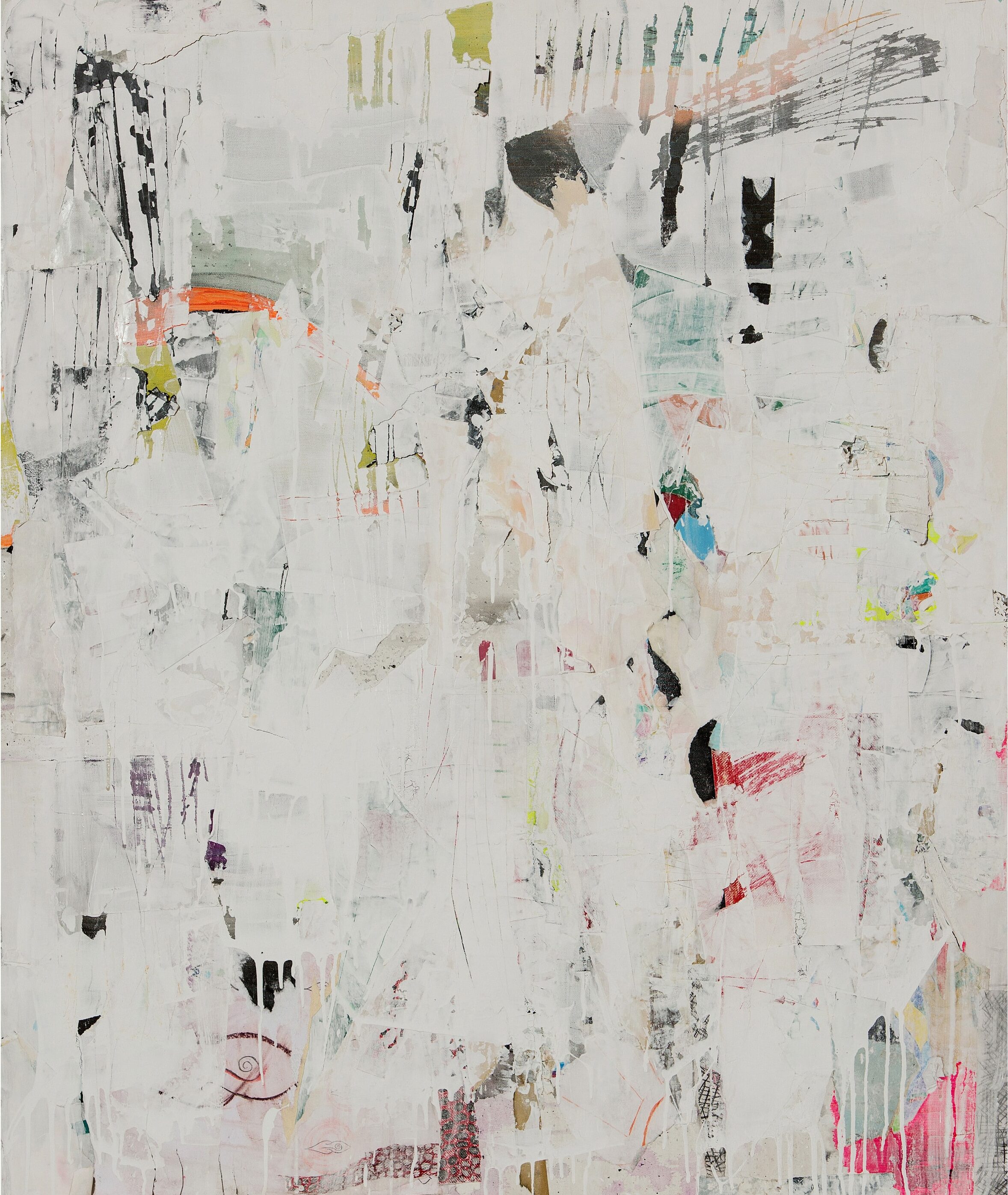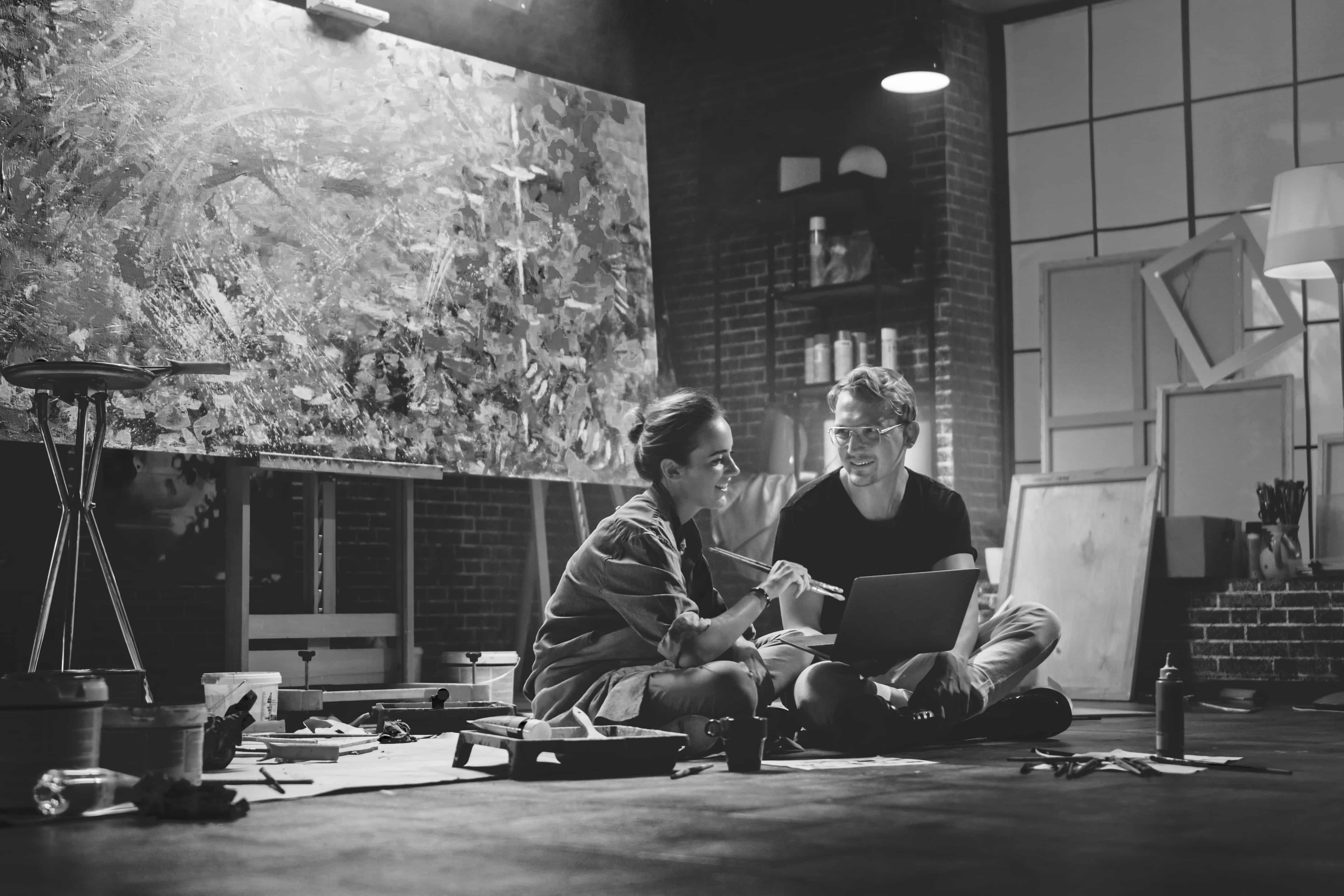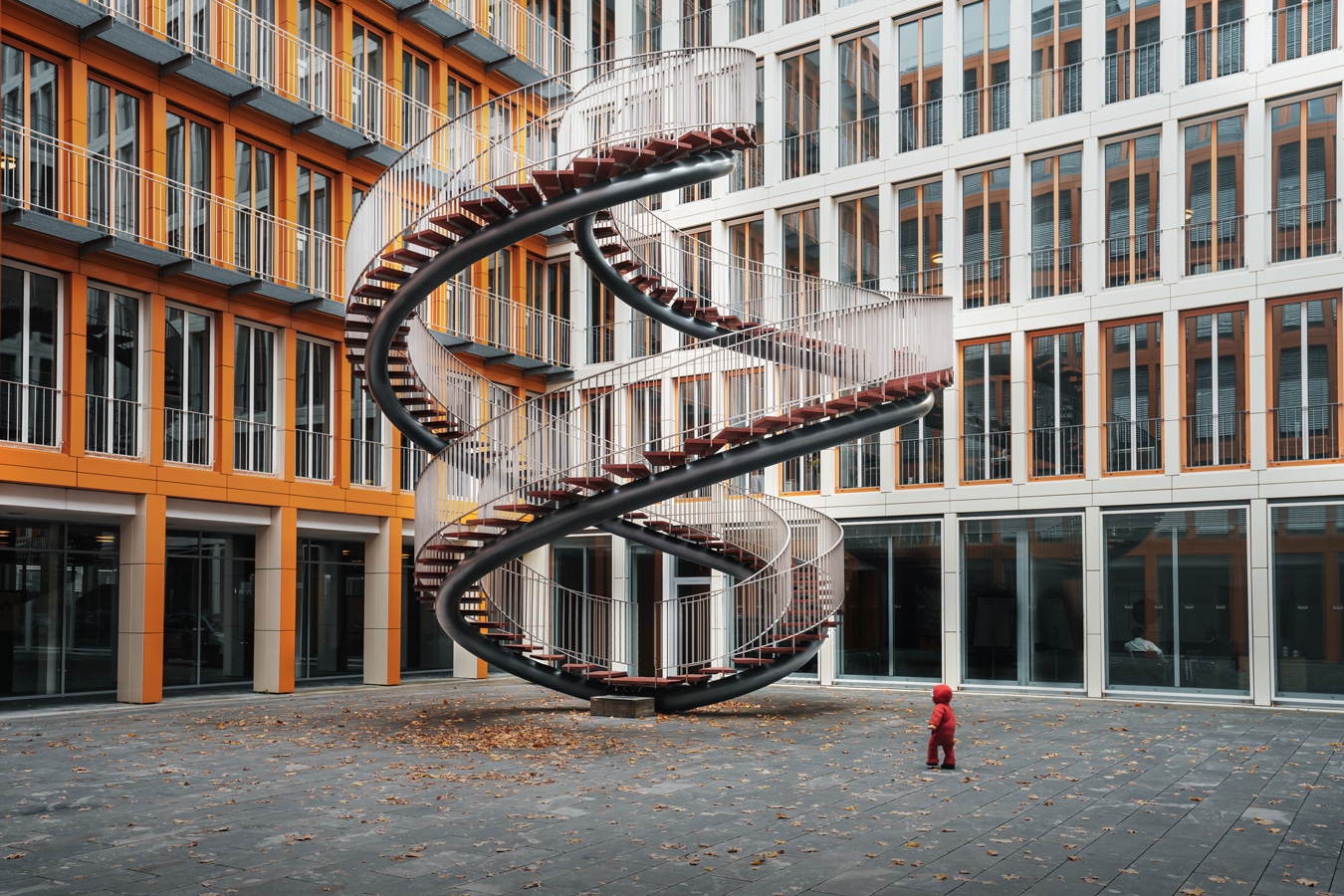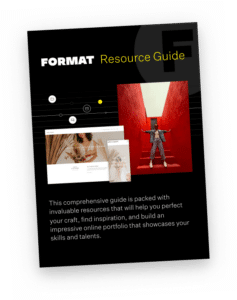Paris-based photographer Cyrus Cornut documents landscapes touched by development; revealing the human trace while deftly making his own mark.

The trained architect turned artist keenly observes spaces of use, and disuse, examining the ways in which humans interact with their surroundings. Central to his delicately haunting work is the city; transformation, evolution and destruction and the trace that humans leave of themselves within and upon spaces, since 2011, he has turned focus to the play of plants and human-made structures.

In his visual concerns for capturing the human imprint, he has created still images that take on distinctly cinematic ambiance. Each implying a narrative; a happening or about-to-happen-ing in the scene.
With so much of the landscape enveloped within the grand compositions; the impossible detail of the foregrounded earth and vegetation gives a sense of a tableau, human figures are minimized by the scale of their surroundings, and the haze that screens the imposing structures in the distance render them more like dreams of a time before; unrealized or undone.

In some images, sites of construction and infrastructure take on an atmosphere of the dystopia; with lands razed between, vegetation becoming overgrowth, structures are instead seen as those left standing after some shifting event. What is partly-built joins partly-crumbled until no distinction can be made between the two.


For the past few years, Cornut’s projects have been based in large format 4×5 film photography, allowing for these expansive and complex captures. This now-rare process ensures not only incredible detail is preserved, but the size and setup of a 4×5 for the photographer means becoming physically immersed in a landscape at a pace set by the heavy camera.

“The slow time necessary for wandering, the essential reason for the photographic journey, is an integral part of my work.” The extension of process allows Cornut to see unexpected beauty “I seek to find, through framing work, bits of visual harmony and poetry in the world, and they exist even where it can be degraded.”


You can see more of his stunning work on his Format portfolio website and purchase his book, Chongqing sur les quatre rives du temps qui… published by Atelier EXB .

